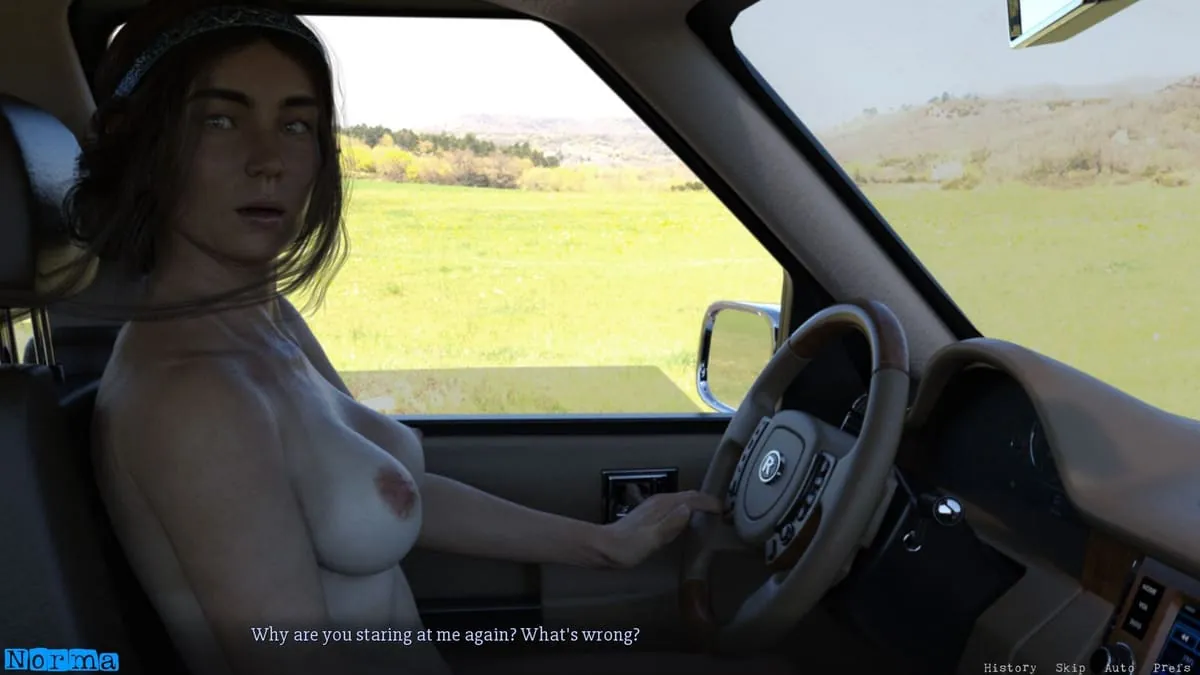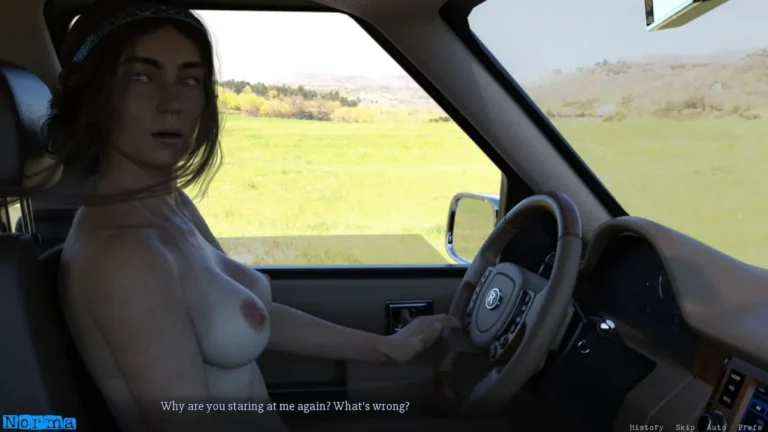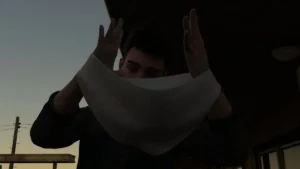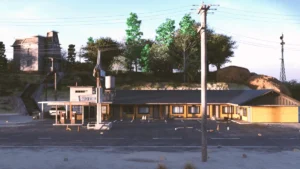
Gates Motel
Play Gates Motel
Gates Motel review
Exploring the cult classic full-motion video game that became a landmark example of early 90s gaming excess
The Gates Motel stands as one of gaming’s most notorious full-motion video experiments, a title that has become synonymous with the worst excesses of 1990s FMV gaming. This interactive experience, featuring live-action footage and questionable production values, represents a fascinating chapter in video game history where ambition far exceeded execution. Whether you’re a retro gaming enthusiast, a student of gaming history, or simply curious about why certain games achieve cult status for all the wrong reasons, understanding the Gates Motel phenomenon reveals much about the industry’s experimental phase and the risks developers took during the early CD-ROM era.
Understanding the Gates Motel: A Full-Motion Video Gaming Disaster
If you’ve ever wandered through the dusty digital archives of 1990s gaming disasters, you might have stumbled upon a title that defies conventional critique: the Gates Motel video game. This wasn’t just a bad game; it was a spectacular car crash of ambition, technology, and questionable taste that has earned its place in the hall of fame for worst FMV games. I remember the first time I booted it up on a friend’s aging PC, the grainy video window popping up like a ghost from computing’s past. We were howling with laughter within minutes, not at the intended scares, but at the sheer, unadulterated absurdity unfolding before us. 🎬😬
This chapter dives deep into this infamous title, a cornerstone of FMV game history. We’ll explore what made it such a landmark failure, the chaotic production behind it, and the strange alchemy that transformed a commercial flop into one of the most beloved cult classic bad games. It’s a story of an era when full-motion video gaming promised the world but often delivered something… considerably less. 🤦♂️📀
What Made Gates Motel a Landmark FMV Failure
So, what exactly went wrong? Almost everything. The Gates Motel video game is a masterclass in how not to execute the concept of interactive movie games. The premise was simple: you check into a seemingly ordinary motel, only to discover it’s a nexus for bizarre and supernatural events. The execution, however, was anything but.
The core failure lies in its non-interactive interactivity. For a game that sold itself on choice, your inputs felt meaningless. You’d click on a door, and a poorly compressed video of an actor would play out a scene with almost no bearing on your previous decisions. It created a profound sense of detachment, making you a spectator in your own failure. It was like being strapped into a rollercoaster that only went in slow, confusing circles. 🎢🌀
Then there were the production values, or lack thereof. The video quality was so heavily compressed it looked like it was filmed through a potato, a common technical limitation of early full-motion video gaming. The acting, however, had no such excuse. The performances ranged from wooden to hysterically over-the-top, with line deliveries so awkward they’ve become legendary in their own right. You weren’t scared of the monsters; you were terrified of the next line of dialogue.
Finally, the narrative was a tangled mess of clichés and incoherent plot twists. Characters would appear and vanish without explanation, motivations shifted on a dime, and the “shocking” revelations felt more confusing than compelling. It was a story written by someone who had seen a lot of horror movies but understood none of them.
To understand its place among its peers, here’s a look at how the Gates Motel video game stacked up against other notable titles in the FMV game history landscape.
| Game Title | Release Year | Platform | Production Quality | Critical Reception |
|---|---|---|---|---|
| Gates Motel | 1994 | PC, CD-i | Extremely Low | Overwhelmingly Negative |
| The 7th Guest | 1993 | PC, Mac | High (For the Era) | Positive |
| Phantasmagoria | 1995 | PC | Very High | Mixed to Positive |
| Night Trap | 1992 | Sega CD, 3DO | Low to Medium | Notorious (Initially Negative) |
| Dracula Unleashed | 1993 | Sega CD, PC | Medium | Mixed |
😱 This table highlights a key truth: while other interactive movie games had their flaws, Gates Motel stood out for its across-the-board deficiencies. It wasn’t just one element that failed; it was a perfect storm of them, cementing its status among the worst FMV games ever released.
The Production and Development Behind the Controversial Title
The story behind the creation of the Gates Motel video game is almost as chaotic as the game itself. Emerging during the gold rush of FMV game history, it was a product of a studio desperate to capitalize on the CD-ROM boom. The philosophy seemed to be “quantity over quality,” a tragically common mindset that produced many 1990s gaming disasters.
The development was rushed, with a shoestring budget that was immediately evident on screen. Rumor has it the entire “motel” was a single set built in a warehouse, with different camera angles and tacked-on props used to suggest new locations. This constrained, cheap feel permeates every scene. The director, reportedly with no prior experience in interactive media, treated it like a straight-to-video B-movie, completely missing the point of full-motion video gaming. 🎥💸
The casting was another critical misstep. Instead of hiring trained actors, the production seemingly pulled people off the street, resulting in the memorably stilted performances that fans now ironically celebrate. I once read an interview with someone who claimed to be an extra; they said the entire shoot was chaos, with actors frequently forgetting if their character was alive, dead, or possessed in a given scene.
“Gates Motel is less a game and more a time capsule of everything that could go wrong with the FMV format. It’s the Plan 9 From Outer Space of interactive entertainment—so sincere in its failure that it becomes a fascinating artifact of ambition outpacing talent, budget, and technology.” — A noted video game historian on its cultural significance.
Furthermore, the game became a case study in controversial content. Certain scenes, involving gore and suggestive themes, were deemed too much for various markets. This led to different versions of the game being released worldwide, with some scenes heavily edited or removed entirely. This censorship didn’t make the narrative more coherent; it just made different parts of the world confused in slightly different ways. 🌍✂️ The technical hurdles of full-motion video gaming were immense, and the team behind Gates Motel simply didn’t have the resources or expertise to overcome them, resulting in a product that felt outdated even the day it launched.
How Gates Motel Became a Cult Classic for Wrong Reasons
This is the beautiful paradox of the Gates Motel video game. It was a commercial failure and a critical punching bag, yet it refused to fade into obscurity. Instead, it evolved into one of the most enduring cult classic bad games. But how does something so objectively poor achieve such status? The answer lies in the very things that made it a failure. 🙃❤️
The primary driver is its so-bad-it’s-good appeal. The awful acting, the nonsensical plot, and the technical jank are now sources of joy rather than frustration. In the age of YouTube and streaming, watching friends suffer through—or hysterically riff on—the game has become a form of modern entertainment. It has found new life as a communal experience, a shared piece of digital absurdity that brings people together through laughter and disbelief. I’ve personally hosted “bad game nights” where Gates Motel is always the star attraction, and it never fails to deliver a uniquely memorable evening.
It also serves as a perfect, preserved specimen of a bygone era. For enthusiasts of FMV game history, it’s a textbook example of the genre’s growing pains. It captures the unbridled, often misguided enthusiasm of developers trying to figure out what interactive movie games could be. In its glorious failure, it tells us more about the early 90s gaming landscape than many of its more successful contemporaries.
The game’s legacy is now secure. It’s a mandatory entry on any list of the worst FMV games, but that title is now worn as a badge of honor. It represents a time when the rules were still being written, and its spectacular stumble is a crucial part of the story of full-motion video gaming. It reminds us that innovation is messy, and sometimes, the most memorable journeys aren’t the good ones, but the wonderfully, hilariously terrible ones that we can look back on and laugh about for decades. 🏆🤣
The Gates Motel video game is more than a 1990s gaming disaster; it is a testament to the enduring charm of creative failure. It stands as a hilarious, horrifying, and utterly captivating landmark in FMV game history, proving that even the worst ideas can achieve a kind of immortality.
The Gates Motel represents a fascinating intersection of ambition, technological limitation, and creative excess that defined a particular moment in video game history. What began as an attempt to push the boundaries of interactive entertainment became a cautionary tale about the importance of balancing innovation with solid game design principles. Today, the game endures not because it succeeded in its goals, but because it failed so spectacularly and memorably that it achieved an unexpected cultural significance. For retro gaming enthusiasts, the Gates Motel serves as a window into an era when developers were willing to take risks, even when those risks didn’t pay off. Whether you approach it as a historical artifact, a source of unintentional comedy, or a learning opportunity about game development, the Gates Motel remains a compelling chapter in gaming history that continues to spark conversations about what makes games memorable, for better or worse.












